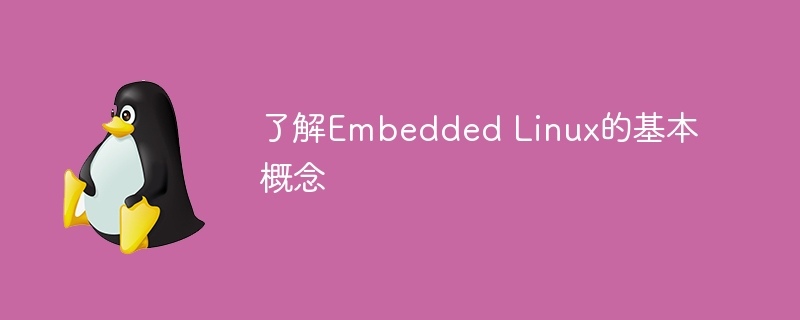

Embedded Linux is a Linux operating system that runs in embedded systems. It is open source and customizable and is widely used in various embedded devices. Understanding the basic concepts of Embedded Linux is very important for those engaged in embedded development. This article will start with the basic concepts and introduce the relevant knowledge of Embedded Linux with specific code examples.
Next, we will demonstrate how to write and run applications in Embedded Linux through a simple LED control code example. We assume that an LED light is connected to the development board and the corresponding kernel module has been loaded.
#include#include #include #include #define LED_PATH "/sys/class/leds/led0/brightness" int main() { int fd; char buf[2]; fd = open(LED_PATH, O_WRONLY); if (fd < 0) { perror("Error opening LED file"); exit(1); } //Control the LED light buf[0] = '1'; write(fd, buf, 1); sleep(2); // delay 2 seconds //Control LED light off buf[0] = '0'; write(fd, buf, 1); close(fd); return 0; }
In this example, we open the LED control file/sys/class/leds/led0/brightness, and then write the character '1' to it to make the LED light up , and then write the character '0' after a delay of 2 seconds to turn off the LED light. Finally close the file descriptor and exit the program.
Through the introduction of this article, we have understood the basic concepts of Embedded Linux, including the kernel, file system, device driver, user space tools, etc., and combined with code examples to demonstrate how to use Embedded Linux The process of writing applications in Linux. In-depth study of embedded system development and understanding of the principles and applications of Embedded Linux will help us better utilize the Linux platform to develop various embedded devices.
The above is the detailed content of Understand the basic concepts of Embedded Linux. For more information, please follow other related articles on the PHP Chinese website!




